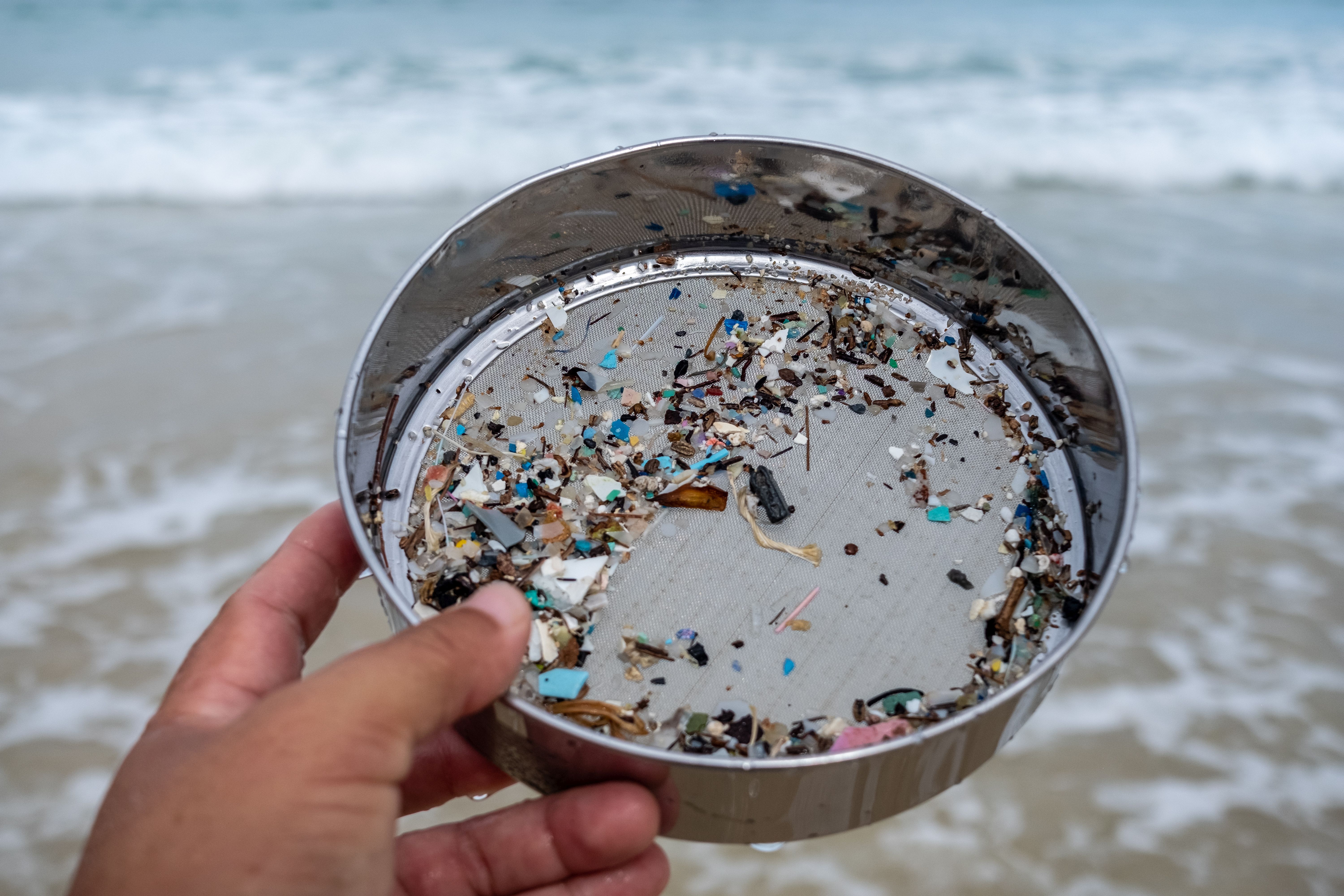It is for the following reasons that no such approach is available as yet:
- Limited availability of appropriate reference materials
- Analytical challenges of detection and dose definition
- Missing information about relevant physicochemical properties of test materials
- Lack of standardized testing conditions (particle sizes, time lines, appropriate cell systems for in-vitro testing and application, dose response, relevant endpoints and time lines for in-vivo studies)
In general, comprehensive experimental data of particle properties and particle-bio interactions are needed to perform a high-quality risk management in the case of adverse effects on human health. Data on the fate of particles in the body upon inhalation, dosimetry and dose metrics as well as biodissolution are decisive factors to achieve an improved risk assessment.
The state-of-the-art characterization of micro- and nanoplastics, both separately and after cellular uptake, with respect to the application of correlative measurement techniques is limited as yet because of the difficulty to detect the same particles and cells with different instruments. In this project, existing and new algorithms will be further developed and integrated into microscopy and spectroscopy workflows for automatic relocalization, detection, and measurement of identical particles.
Project details
- Duration: January 2022 – December 2023
- LRI funding: 800,000 euros
- Project partners:
 Fraunhofer Institute for Toxicology and Experimental Medicine
Fraunhofer Institute for Toxicology and Experimental Medicine